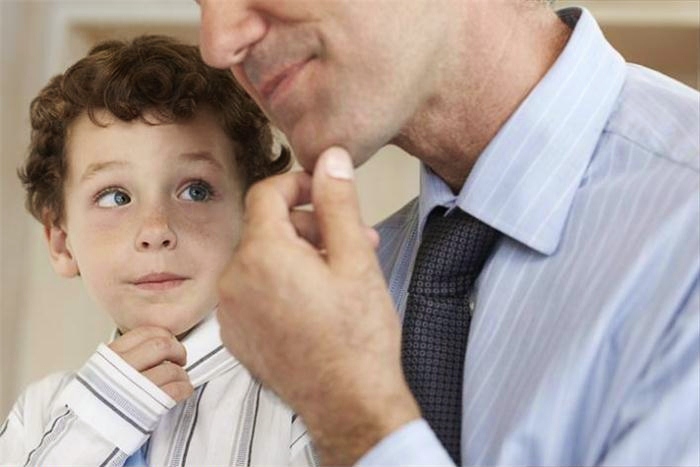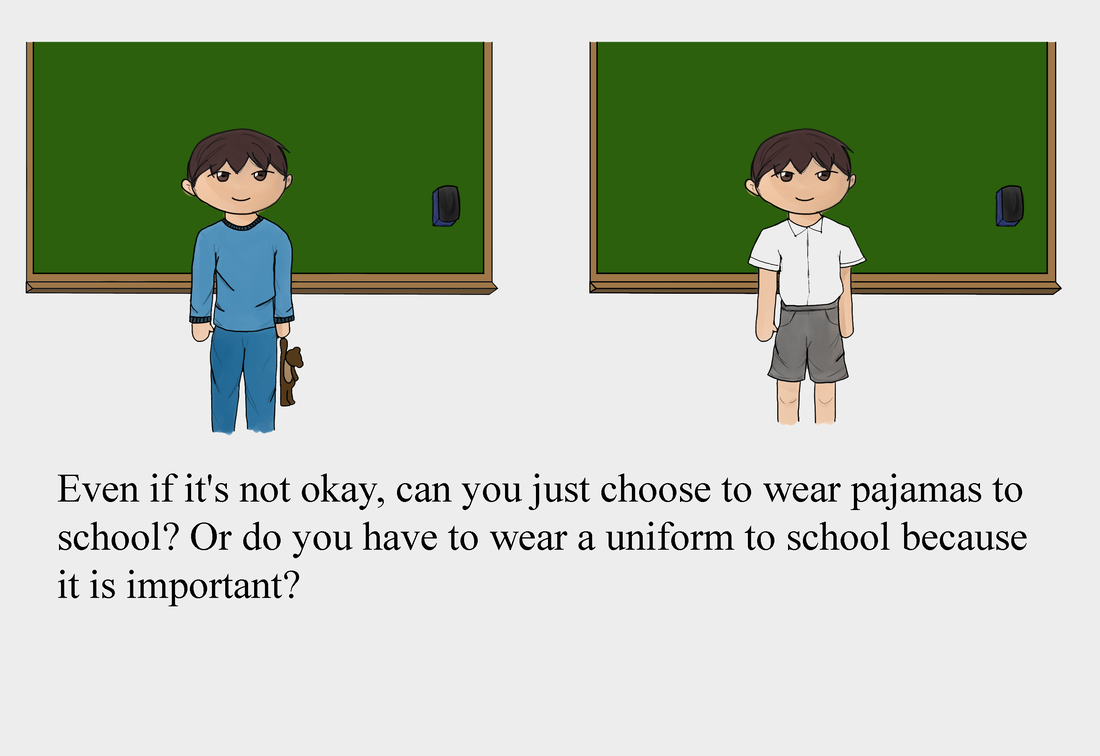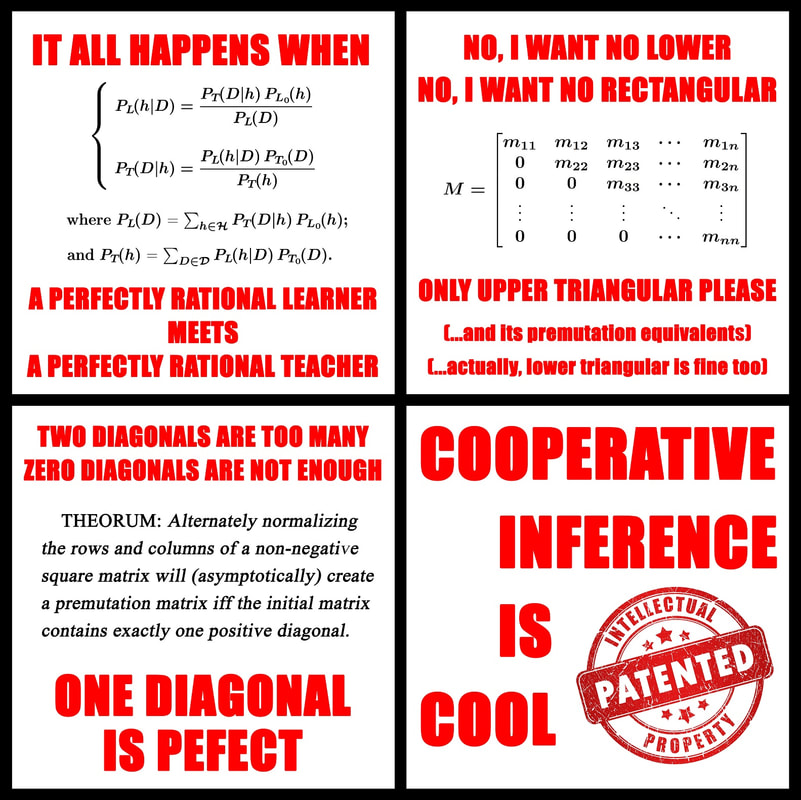How do children learn? One feature for young children’s learning is that it is incredibly social: Not only do they learn directly from what other people say or do; they also draw rich inferences from how others say or do. By examining how social interactions shape children’s inferences and learning, my ultimate goal is 1) to address the theoretical question of why human species is uniquely efficient in accumulating knowledge, and 2) to inform how parents and educators could better facilitate children’s learning in formal and informal educational settings.
|
|
Questioning in teaching and learningAsking questions has long been seen as a core component of teaching and learning. But why should questions elicit learning? My research examines the cognitive mechanism behind learning through questioning. Using experimental, observational, interventional and computational methods, I examine how children learn from pedagogical questions--questions asked by a knowledgeable person who intends to teach.
Here is the video abstract of a study that explores the different effects of pedagogical questioning and direct instruction on children's exploratory learning. |
ImitationHuman children are judicious imitators. They imitate to learn new skills, to follow social norms, and to simply have fun. My research explores how variations in children's imitative behavior reflect these different motivations. I examine 1) how social contexts affect children's imitative response, and 2) how individual differences in imitative behavior relate to children's age, cognitive capacities, temperament, and social experience.
|
|
|
Causal learningMy third line of research examines how learning is affected by the order of how information is presented: For example, will children be more likely to infer teaching when information is presented in a well-timed, clearly focused sequence? Will they learn differently after watching an identical set of actions and events being presented in different orders? I examine these questions in the context of causal learning.
Here is an example of stimuli used in one of the studies. After watching the video, do you think the yellow blocks are Blickets? |
Understanding choices and conventionsIn collaboration with Tamar Kushnir from Cornell University and Xin Zhao from East China Normal University, I study how children and adults decide what they can or cannot do when facing different internal and external constraints, and how that differs across individuals and cultures.
I am also a site PI for the Developing Belief Network, an international collaboration that studies the cognitive and cultural Influences on children's religious beliefs and practices. |
Computational ModellingIn collaboration with members of the CaDas lab, I explore ways to simulate learning/teaching using computational modelling and data science tools. One example is the model of cooperative inference, which provides a measure of communication effectiveness between a teacher and a learner in a cooperative setting. Another example is a computational framework which attempts to unify teaching and active learning.
|



